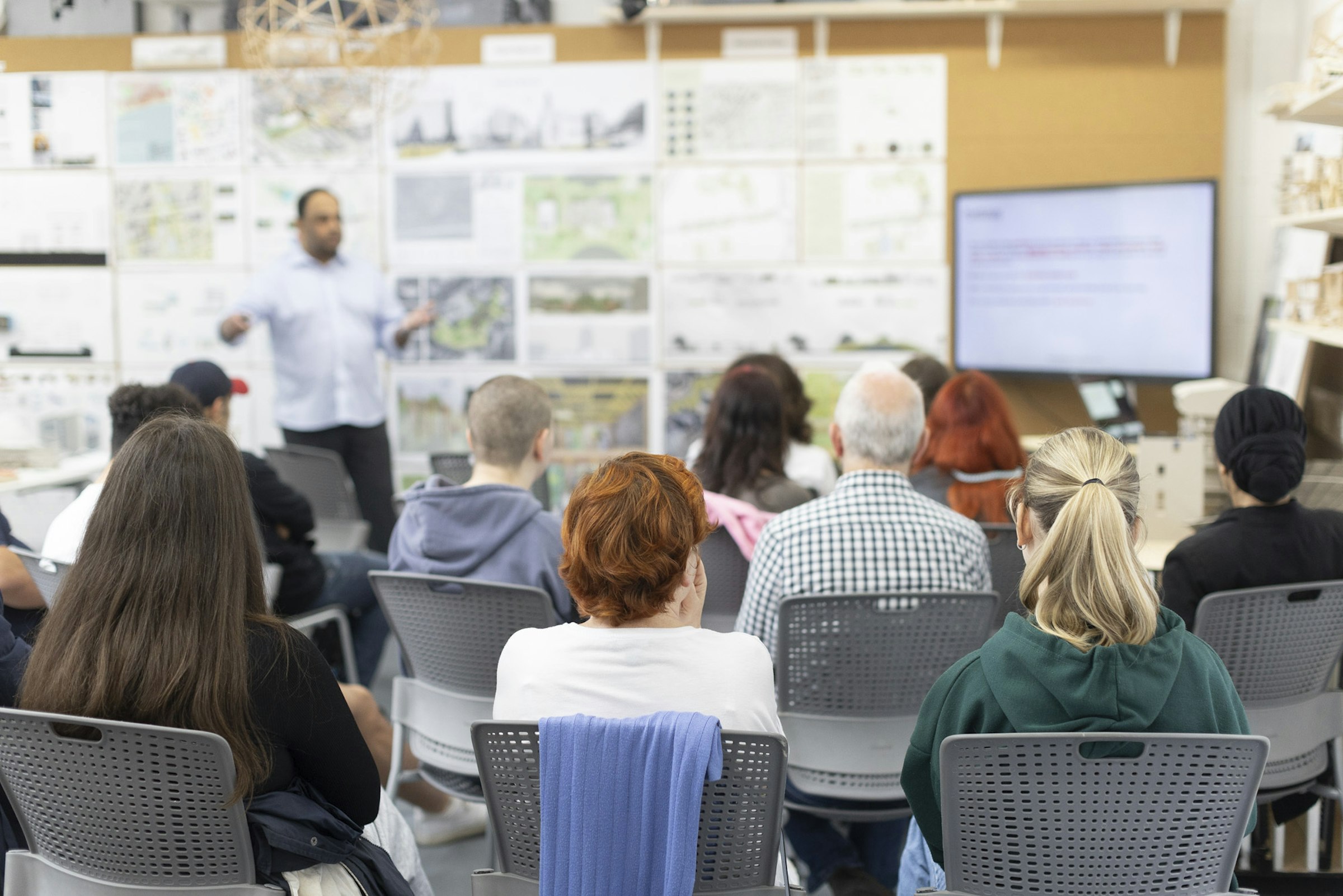You are using an outdated browser. Most of this website should still work, but after upgrading your browser it will look and perform better.

- Home
- Undergraduate Courses
- BA (Hons) Visual Effects (VFX) for Film ...
BA (Hons) Visual Effects (VFX) for Film and Television
Overview
BA (Hons) Visual Effects (VFX) for Film and Television will no longer be accepting applications for 2025 and onwards.
The digital arts sector is always changing and it's important that our courses continue to reflect this. This decision wasn't made lightly and will allow an opportunity for us to consider developments in the VFX discipline, and how it fits within our portfolio of courses.
VFX will continue to be taught at AUB across courses and Schools and this provision will be updated and enhanced as part of the exciting plans for the expansion and diversification of Bournemouth Film School.
Related courses
You may still be interested in looking at related courses: BA (Hons) Animation Production, BA (Hons) Film Production or BA (Hons) Games Art and Design.








